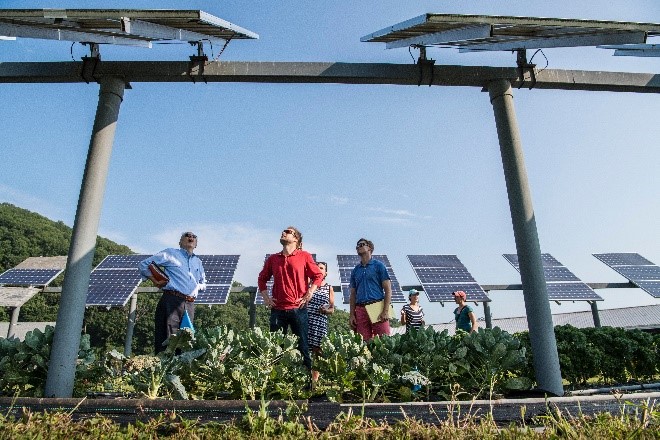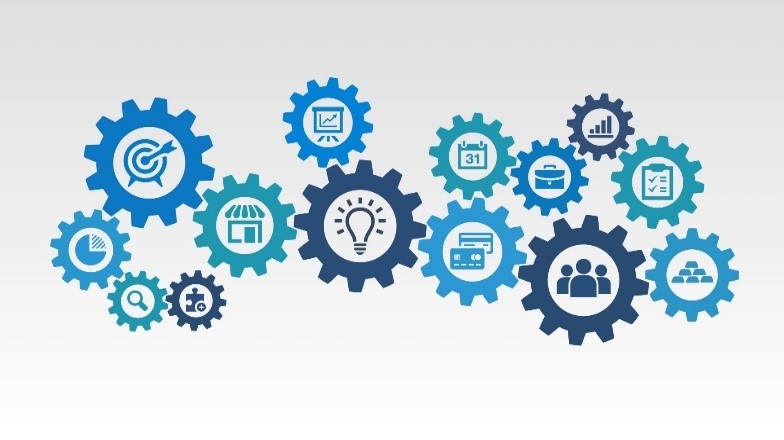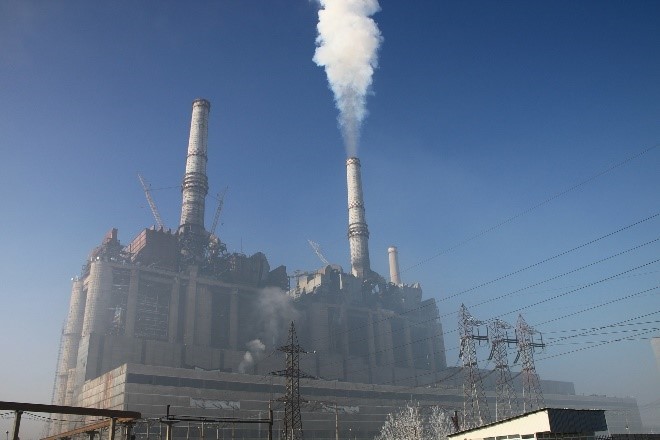October is Energy Action Month and the perfect time to consider the changes on the horizon for electricity production in Wisconsin. Did you know in 2019, Governor Evers set a goal for all electricity consumed in the state be 100% carbon-free by 2050? What does it mean to be carbon-free? What does a carbon-free goal mean for Wisconsin? And what steps does Wisconsin need to take to achieve this goal?

Slipstream partnered with the Wisconsin K-12 Energy Education Program (KEEP), WPPI Energy and Xcel Energy to create an educational video series to encourage young minds to consider career opportunities within the energy sector – especially the clean energy space. Follow along as we celebrate Energy Action Month to explore the challenges of meeting Wisconsin's 100% carbon-free electricity goal, the career opportunities created by moving towards this goal, and the skillset a sustainable and efficient clean energy economy will require of the emerging workforce.

Wisconsin has joined a growing number of states making commitments to a clean energy future by establishing goals to produce electricity that is 100% carbon-free. This means generating electricity cannot emit carbon and all electricity will be created from clean energy sources like solar, wind, geothermal and hydropower.
Data from the U.S. Energy Information Administration (EIA) demonstrates the magnitude of Wisconsin's carbon-free goal. It indicates in 2020, nearly 75% of Wisconsin's electricity was generated through coal-fired (39%) or natural gas-fueled (35%) power plants. Wisconsin consumes almost six times as much energy as it produces.

Likewise, clean energy sources, including hydropower, wind and solar, supplied only 10% of Wisconsin's electricity. Nuclear power plants produced the remaining 16% of the electricity used in Wisconsin. Achieving the carbon-free goal by 2050 will require cooperation from the state and local governments, businesses and industries, community organizations and citizens. All Wisconsin stakeholders must play a role in transitioning the economy from one relying on fossil fuels to one embracing clean energy.

So, as a student, citizen, consumer, volunteer, employee, business owner, or elected local or state official, what can you do? Engage! Continue to use best practices for reducing energy consumption and increasing energy efficiency. Participate in clean energy goal-setting processes within your home, organization, business, community or government.
It's your turn!
Engage at school!
Learn more by watching Wisconsin Clean Energy Careers Overview: Leading the Way with Policy from Slipstream's Clean Energy Careers video series.
Look over the Wisconsin State Energy Profile created by the U.S. Energy Information Administration.
Complete the Leading the Way with Policy – Introductory Task from KEEP after watching the video.
Engage at home, work and in your community!
Use best practices for reducing energy consumption.
Switch to LED lightbulbs.
Turn off/unplug lights, appliances and electronic devices when not in use.
Wash clothes in cold water and hang them to dry.
Schedule an energy audit of your home or building and look for ways to increase energy efficiency.
Add insulation and weatherstripping.
Seal around ducts and vents.
Utilize a programmable thermostat to adjust the times you turn on the heating or air-conditioning according to a pre-set schedule.
Make energy efficiency a priority when making large purchases (homes, buildings, heating/cooling systems, appliances, automobiles, etc.).
Switch to a renewable energy option through your utility or consider installing solar panels.
Join KEEP and Slipstream next week as we begin to explore the career opportunities created by moving towards Wisconsin's carbon-free goal and the skillset a sustainable and efficient clean energy economy will require from the emerging workforce.
 Learn more at www.KEEPprogram.org
Learn more at www.KEEPprogram.org